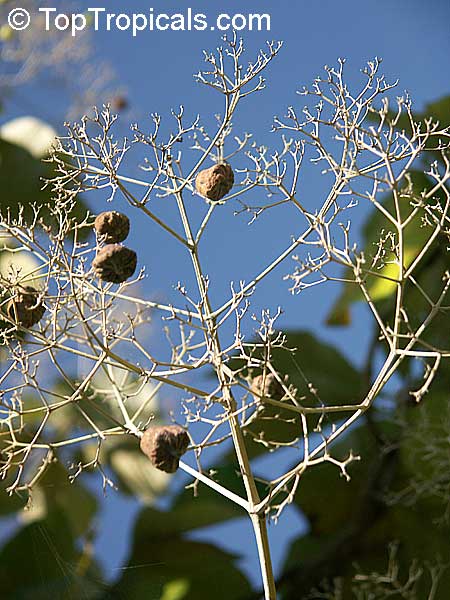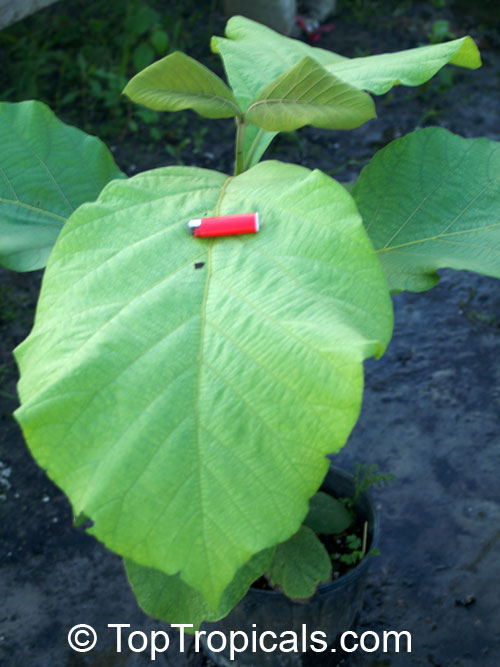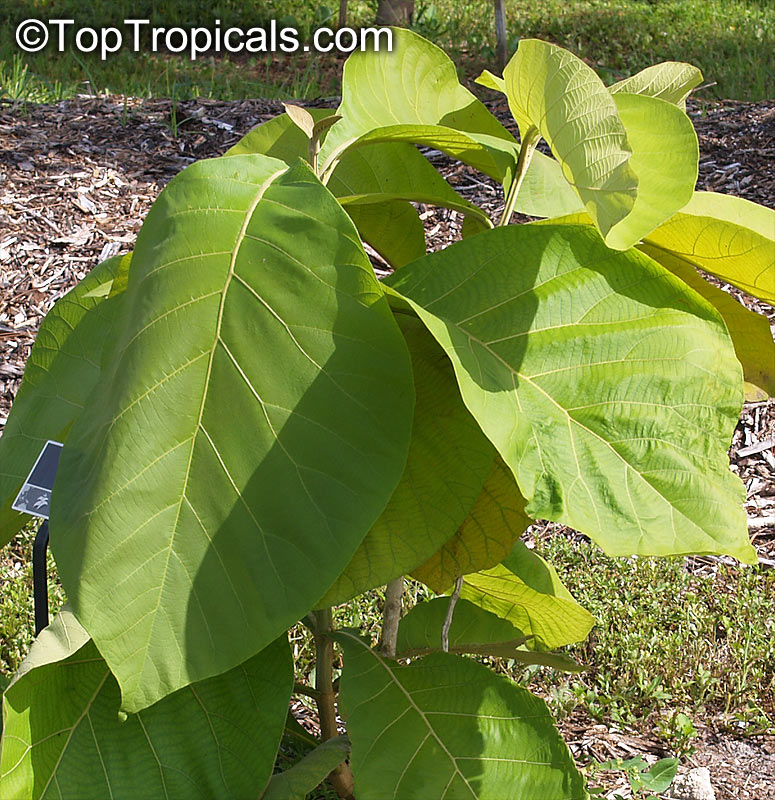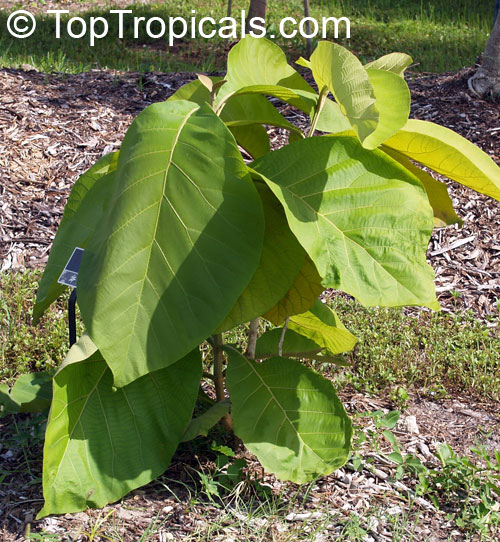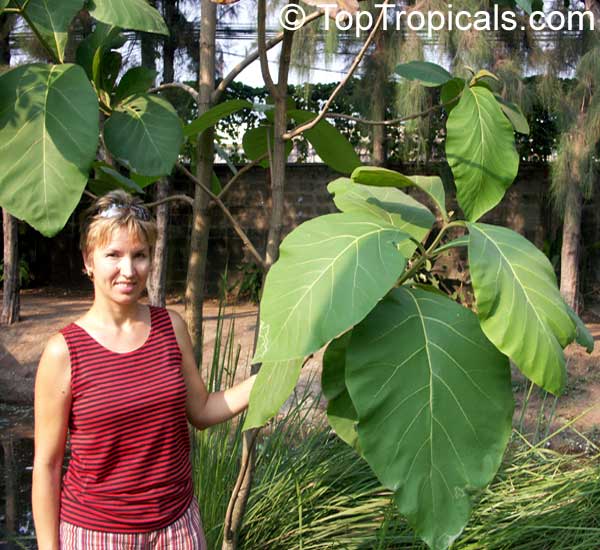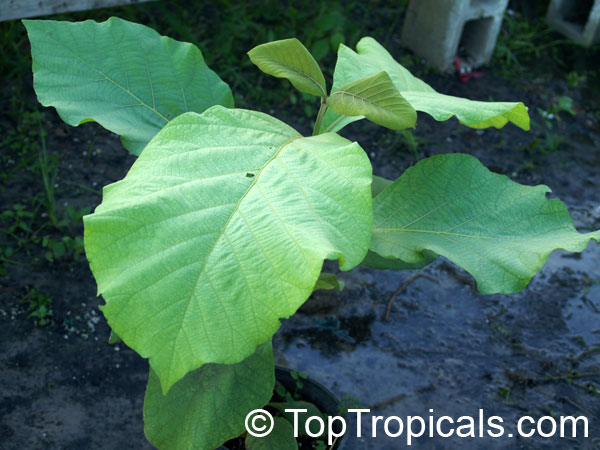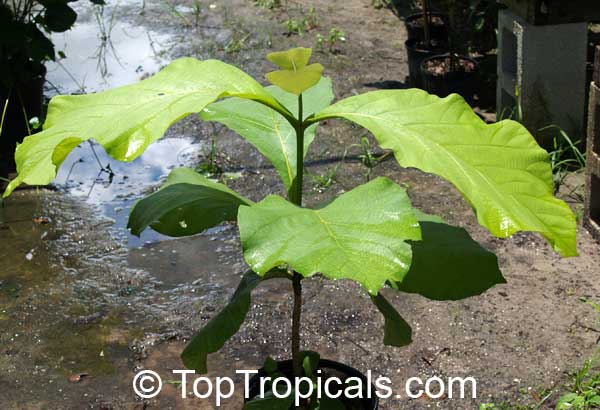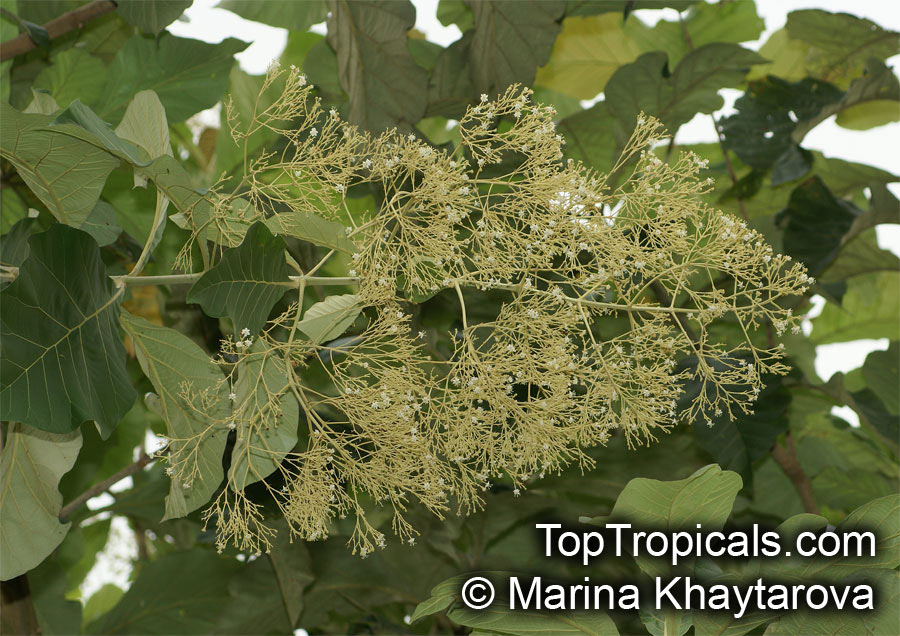Tectona grandis
TeakFamily: Verbenaceae
Origin: Tropical Asia





Teak is considered a very valuable wood because of its ability to withstand weather. It even prevents any metal used in it from rusting. Teak is very stable, which means that it does not warp when subjected to variations in humidity and temperature. According to Ayurveda, wood is acrid, cooling, laxative, sedative to gravid uterus and useful in treatment of piles, leucoderma and dysentery. Flowers are acrid, bitter and dry and useful in bronchitis, biliousness, urinary discharges etc. Roots are useful in treatment of urinary system related troubles. According to Unani system of medicine, the oil from flower is hair promoter and useful in scabies. Wood is good for headache, biliousness, burning sensation and pain and liver related troubles. It allays thirst and possess anthelmintic and expectorant properties. Wood is used for ship building, railways, piles in harbour, bridge-building, construction work, furniture and cabinet work. Leaves yield dye, which is used for dyeing cotton and wool. It prefers no competition, so for the first few years, it has to be cleared of weeds and kept from being shaded. After about three years, the trees are large enough to shade out competing vegetation. Teak requires very good drainage and rich soil. It prefers a dry season of about three months.




